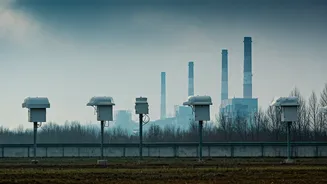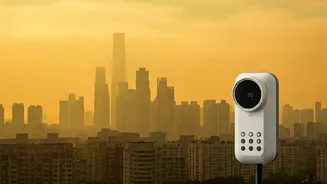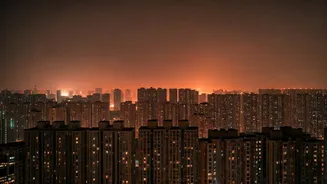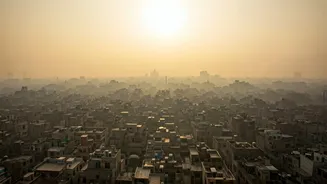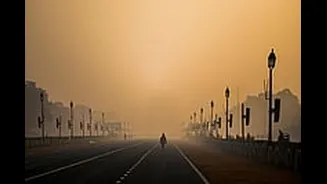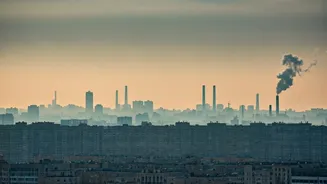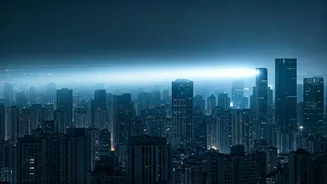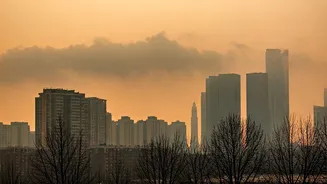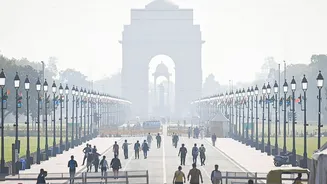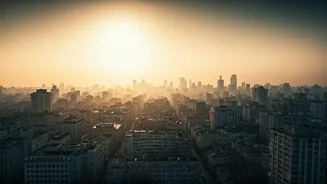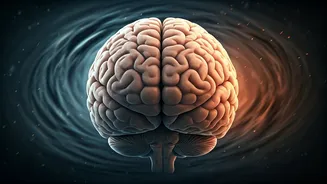Delhi's Pollution Surge
The air quality in Delhi took a significant hit during Diwali, as reported by multiple sources. The city witnessed a drastic increase in air pollution
levels, a common occurrence during the festive period due to a combination of factors, including the burning of firecrackers. Data from the monitoring stations painted a grim picture, with an overwhelming 34 out of 38 stations falling into the 'red zone', indicating severely hazardous air quality. This suggests that the air was filled with particulate matter and pollutants exceeding safe limits. This drastic change prompted concerns among residents and authorities alike, emphasizing the environmental cost of the celebrations.
Health Implications Explored
The 'red zone' designation for most air quality monitoring stations in Delhi directly implies a range of health risks for the city's population. When the concentration of pollutants rises, everyone, but especially those with pre-existing conditions, the elderly, and children, faces increased health risks. Breathing in polluted air can lead to immediate complications such as coughing, wheezing, and irritation of the eyes, nose, and throat. Prolonged exposure amplifies these risks and has been linked to severe respiratory issues, cardiovascular diseases, and even long-term health problems. This makes air quality a pressing concern not just during Diwali, but also throughout the year, necessitating interventions to mitigate the health hazards posed by air pollution.
Sources of Pollution
Multiple sources contribute to the air pollution that plagues Delhi during Diwali. The primary culprit is the widespread use of firecrackers, which release a cocktail of harmful chemicals and particulate matter into the atmosphere. The burning of agricultural residue in neighboring states is another significant factor, with prevailing winds carrying smoke and pollutants towards Delhi. Furthermore, vehicular emissions, industrial activity, and construction projects contribute to the overall pollution load. When these factors combine, they create a dense smog that blankets the city, significantly lowering air quality levels. Addressing this requires a multi-pronged approach that includes stricter regulations on firecracker use, promotion of cleaner technologies, and management of various sources of pollution.
Addressing the Crisis
To combat the air pollution crisis, various measures need to be implemented. Stricter enforcement of existing regulations, particularly those related to industrial emissions and construction activities, is necessary. The city authorities can consider promoting cleaner modes of transportation. Raising public awareness about the harmful effects of air pollution and encouraging the adoption of environmentally friendly practices is equally essential. Innovative solutions, such as implementing air purifiers and promoting the use of green firecrackers, can also play a role. Ultimately, tackling Delhi's air quality challenges requires a long-term commitment that involves collaboration between the government, businesses, and citizens.
